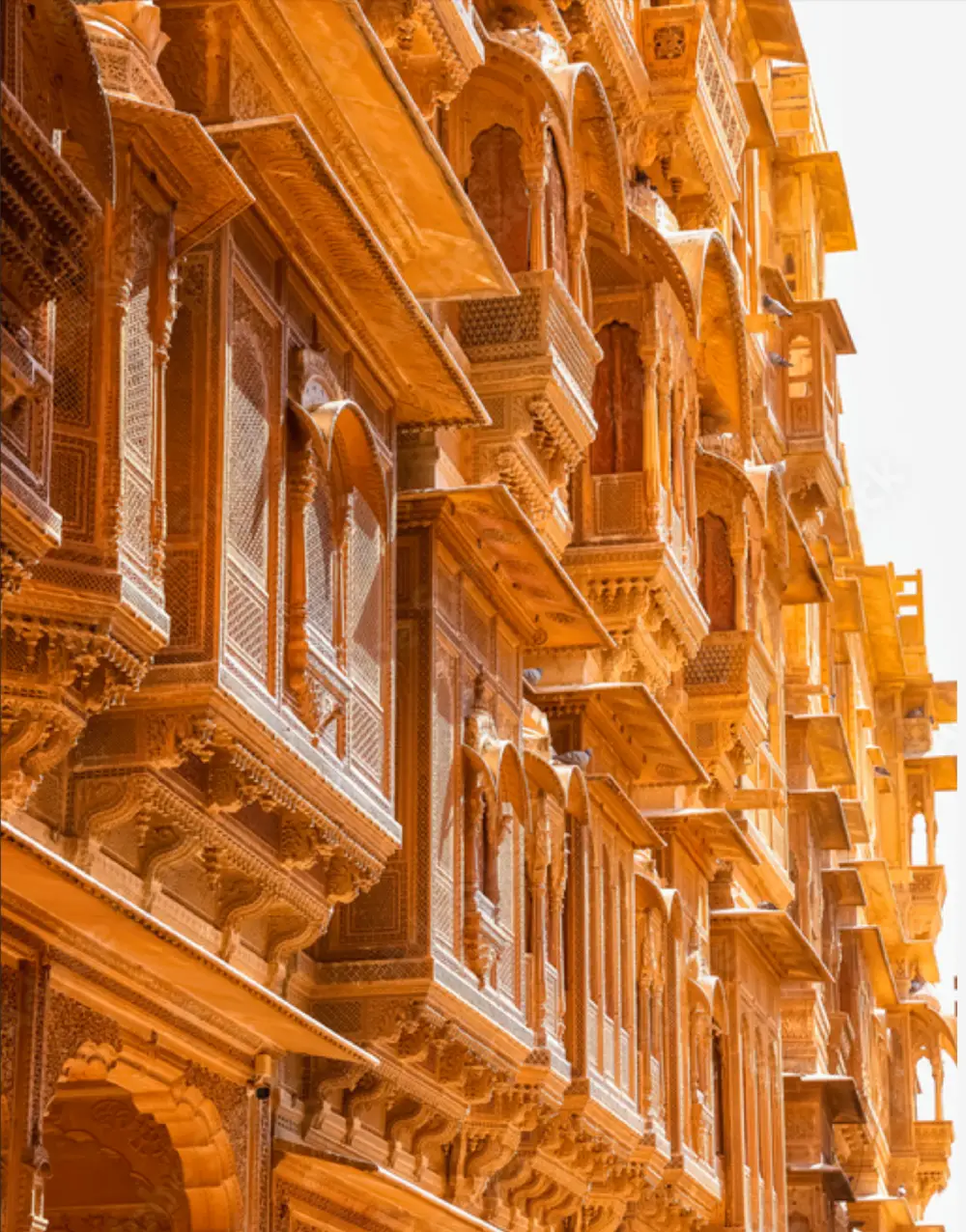This October, art will be popping up all across Singapore — not just in galleries, but also in places like shopping malls, green spaces, and even MRT stations. The Singapore Biennale 2025 (SB2025), organised by the Singapore Art Museum (SAM) and commissioned by the National Arts Council (NAC), will run from October 31, 2025 to March 29, 2026.
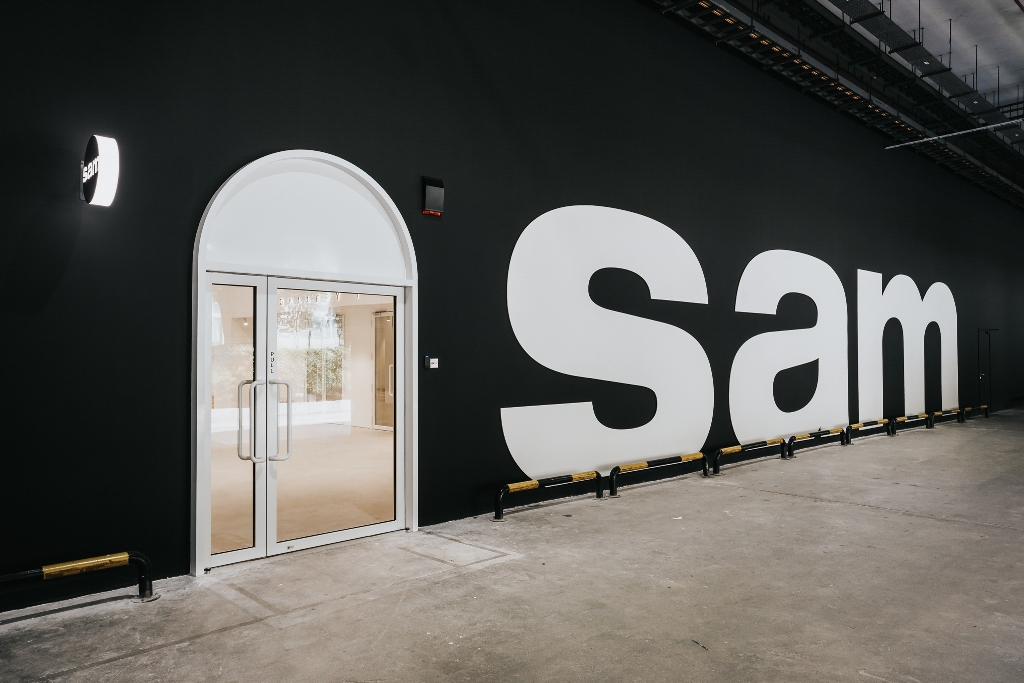
Held during Singapore’s 60th birthday celebrations, this year’s edition is themed ‘pure intention’, encouraging people to look at their surroundings in new ways through art.
More than 80 artists from Singapore and around the world will take part, with over 100 artworks, including 30 new commissions. These artistes will use painting, sculpture, film, performance, and other forms to respond to topics like urban life, history, and how communities live and grow.
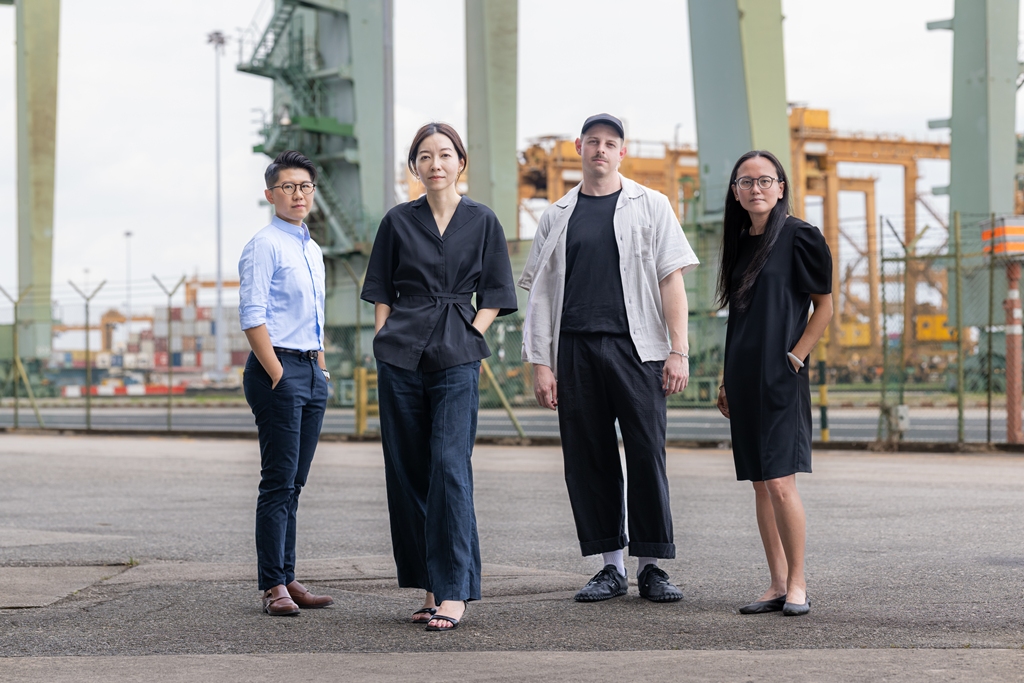
Instead of staying inside museums, the Biennale will reach out into public spaces across the island — from Tanglin Halt and Wessex Estate to Lucky Plaza, Far East Shopping Centre, and the Rail Corridor.
“At SB2025, Singaporeans will get to explore and enjoy the arts right where they live, work and play,” said David Neo, Acting Minister for Culture, Community and Youth.
Old railway, new stories
One of the key areas this year is the Rail Corridor, a 24-kilometre green trail that used to be a railway line. It’s now a popular walking and cycling route, and a symbol of how Singapore has changed over time.
Along this route, visitors will find a moving installation by Thai filmmaker Apichatpong Weerasethakul and Singaporean artist Guo-Liang Tan, inspired by theatre sets. At Wessex Estate, Australian artist Emily Floyd will set up colourful sculptures that also function as a community library.
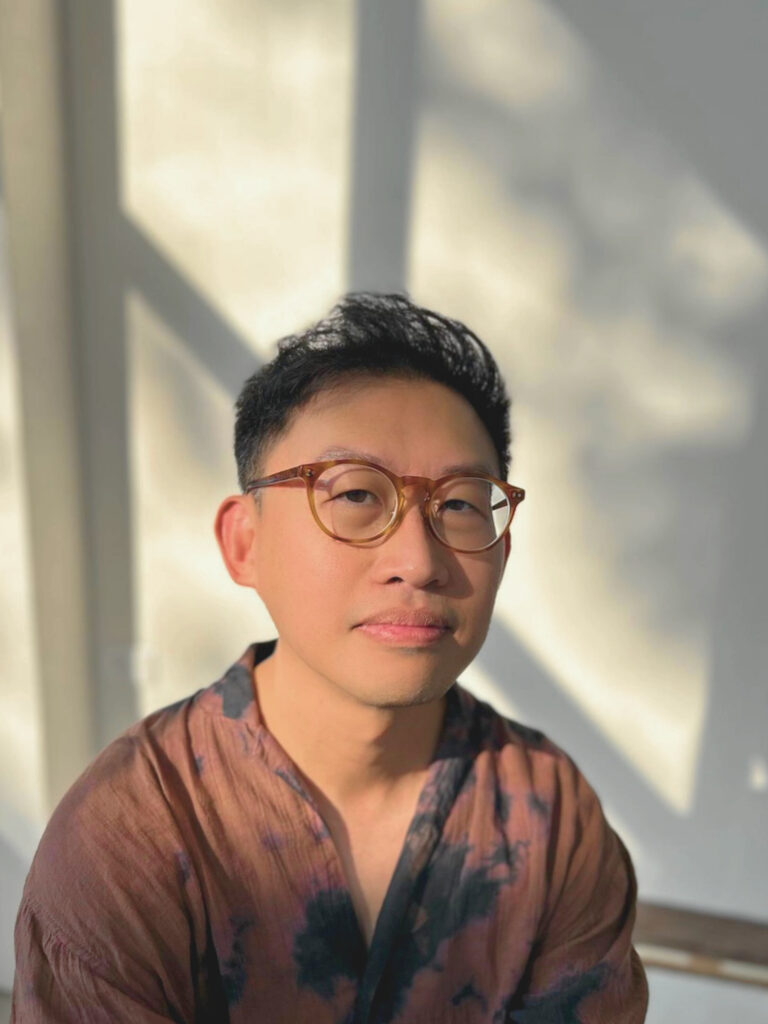
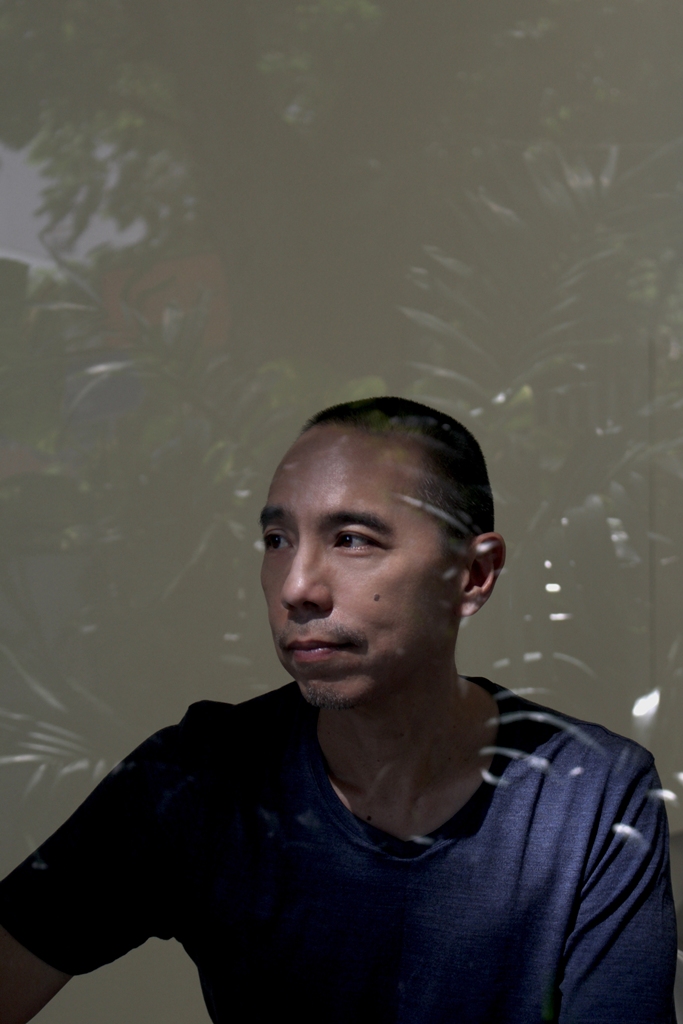
Meanwhile, at Tanglin Halt market, Singaporean artist Joo Choon Lin will present a performance installation that challenges how we see and understand everyday life.
In the Civic District, artworks will explore Singapore’s past and the people who have shaped it. At National Gallery Singapore, Tuan Andrew Nguyen will create a large sound-based installation using parts made from old military weapons found in Vietnam.
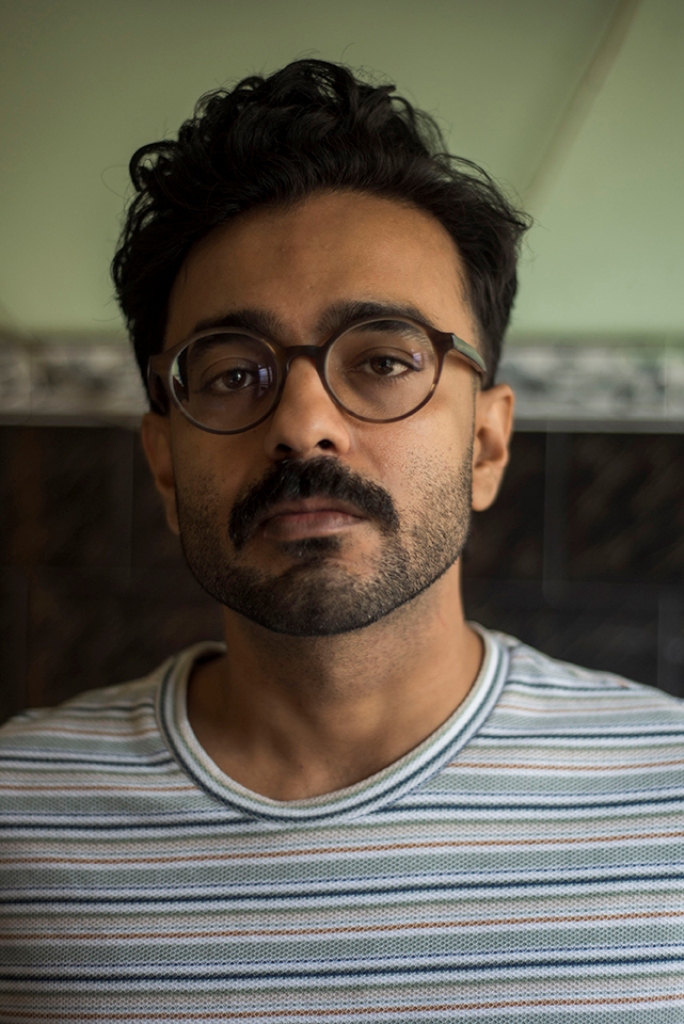
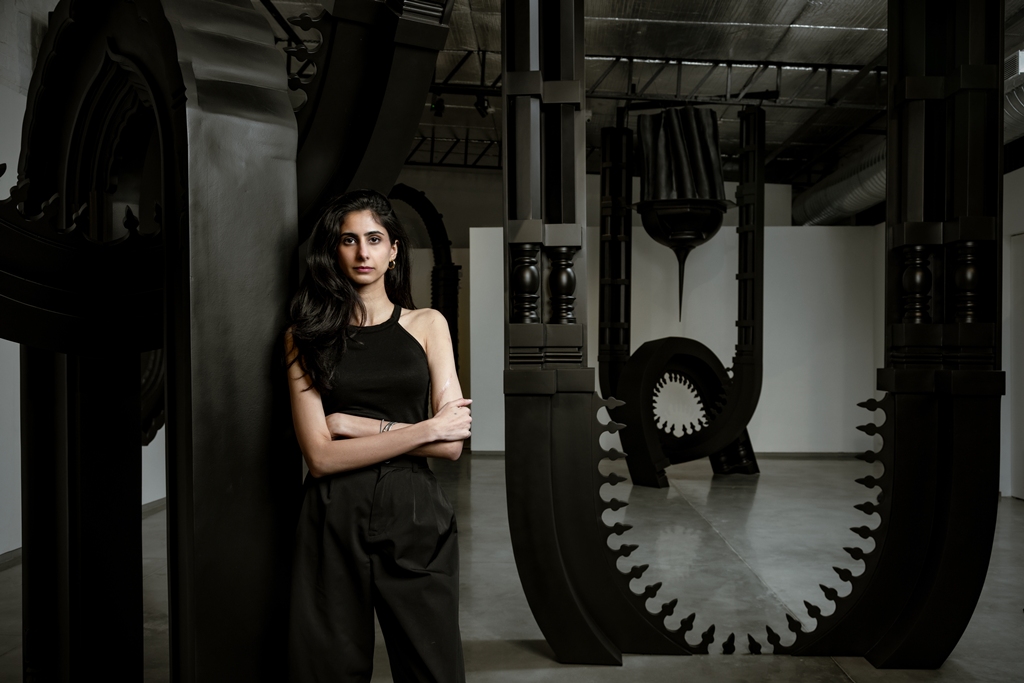
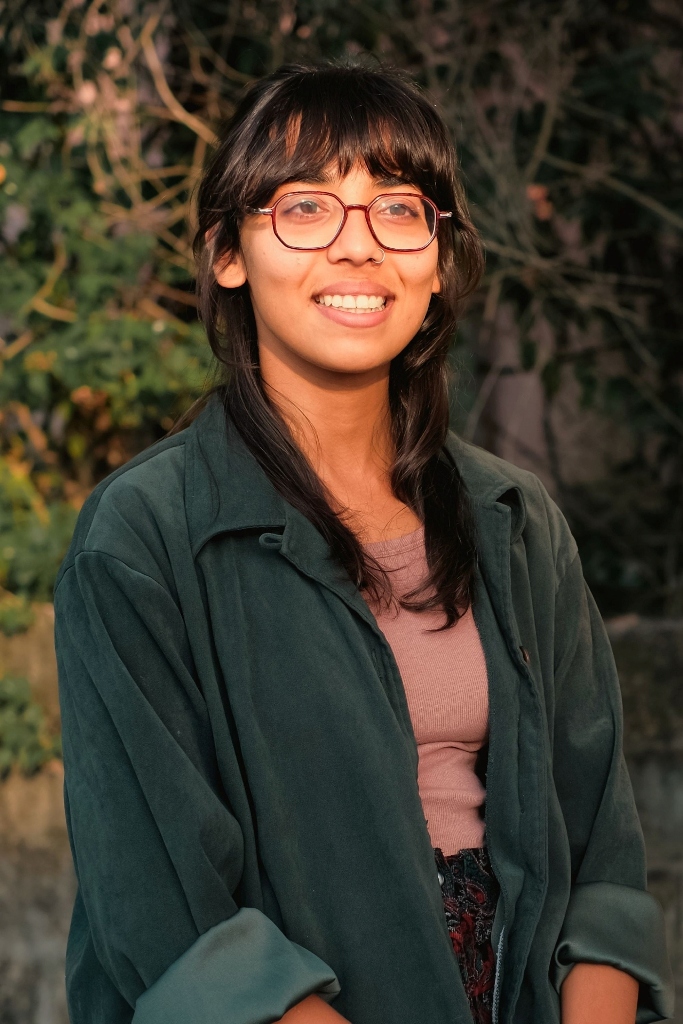
Nearby, Kapwani Kiwanga will build a floral arch to mark Rwanda’s independence, and Gala Porras-Kim will highlight the weekend gatherings of migrant workers through their poetry and stories.
The Asian Film Archive will also mark its 20th anniversary with new installations and a film programme that looks at memory, loss, and recovery.
Singapore’s older shopping centres — like Lucky Plaza and Far East Shopping Centre — will become art venues too. These malls, known for their mixed use and community vibes, will be reimagined through works that show how such spaces change over time.
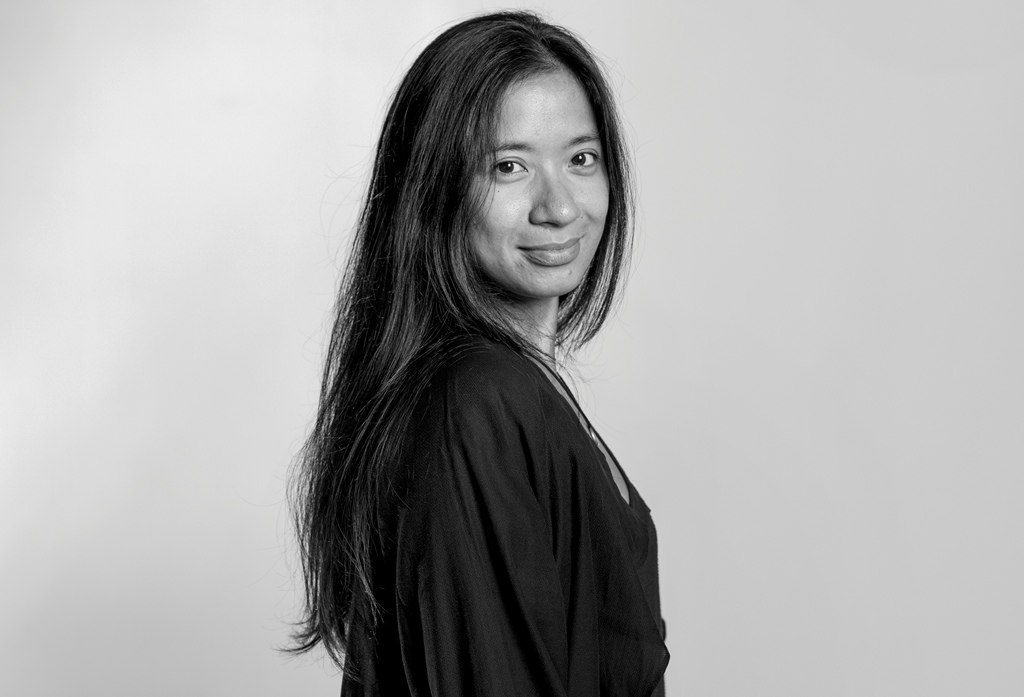
At Lucky Plaza, Filipino artist Eisa Jocson is working with domestic workers to create karaoke-style videos. Visitors can step into the space, sing along, and hear songs of hope, struggle, and belonging.
Also in the Orchard area, at 20 Anderson Road, artworks will explore spirituality, the internet, and nature. Indonesian artist Riar Rizaldi will show a video work on science and spiritual beliefs, and PRIMAL INSTINCT — a group show by Singapore collective Hothouse — will turn a grass field into a space for new sound and video installations.
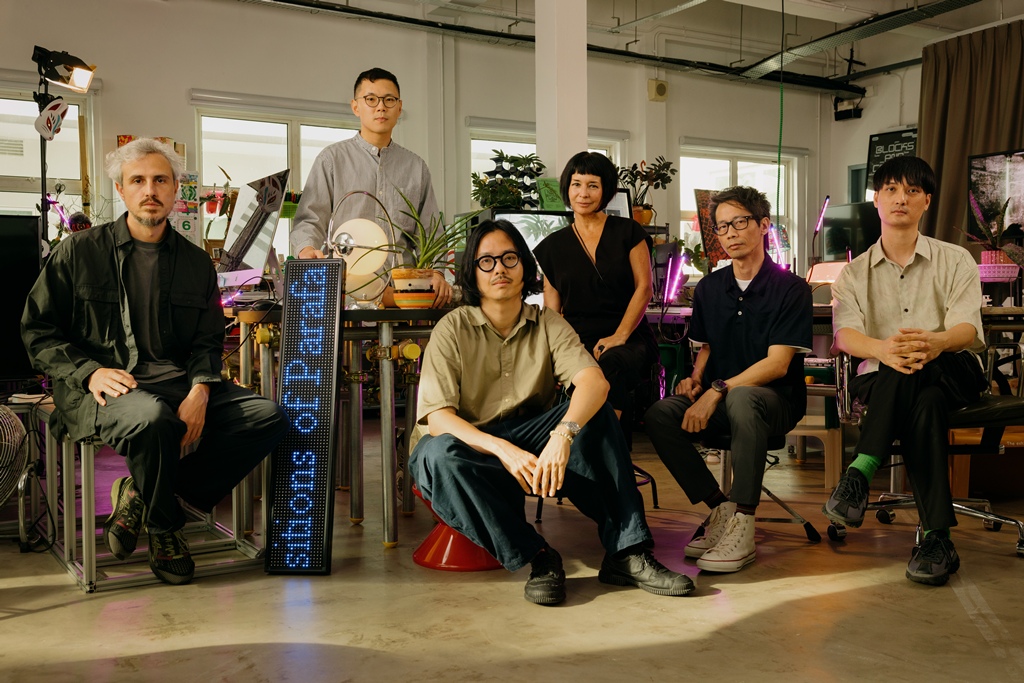
Old meets new at Singapore Art Museum
At SAM’s Tanjong Pagar Distripark, the Biennale will bring older works from Singapore’s National Collection into dialogue with modern pieces. Visitors can see paintings and photographs by local artists like Liu Kang and Lim Yew Kuan, placed next to newer installations.
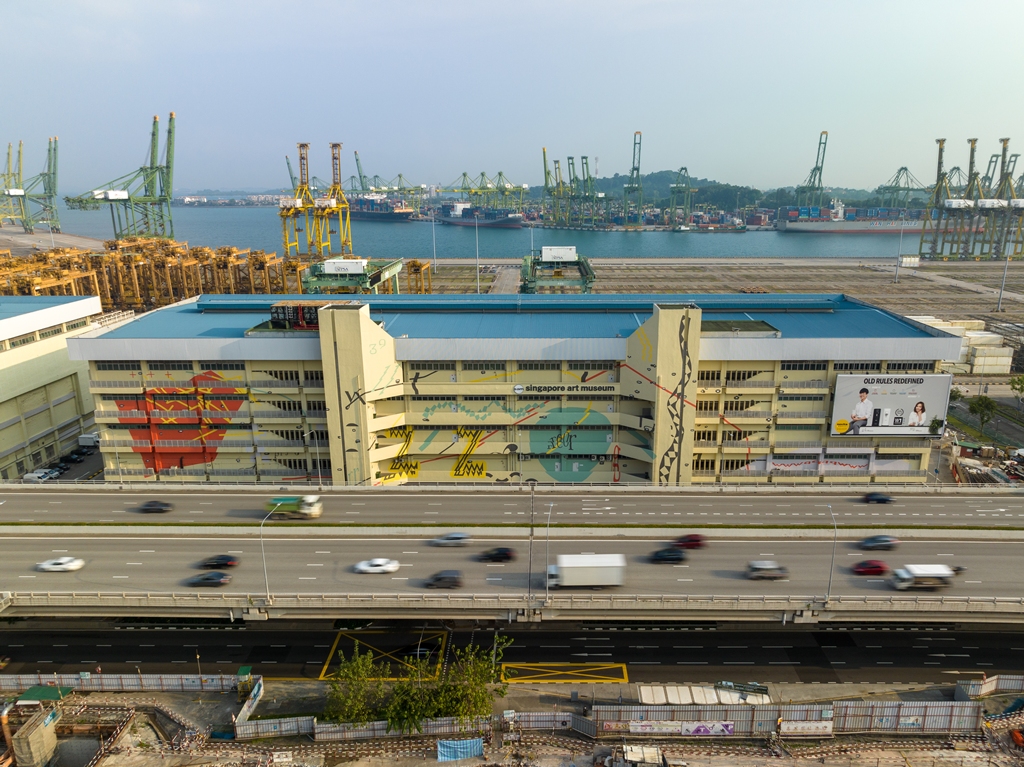
One highlight is Pierre Huyghe’s immersive installation Offspring, which changes based on weather and how close visitors are to the piece—making each visit a little different.
Another section, by Indonesian collective Hyphen—, will show how museum dioramas from the past can be reimagined to tell new political and social stories.
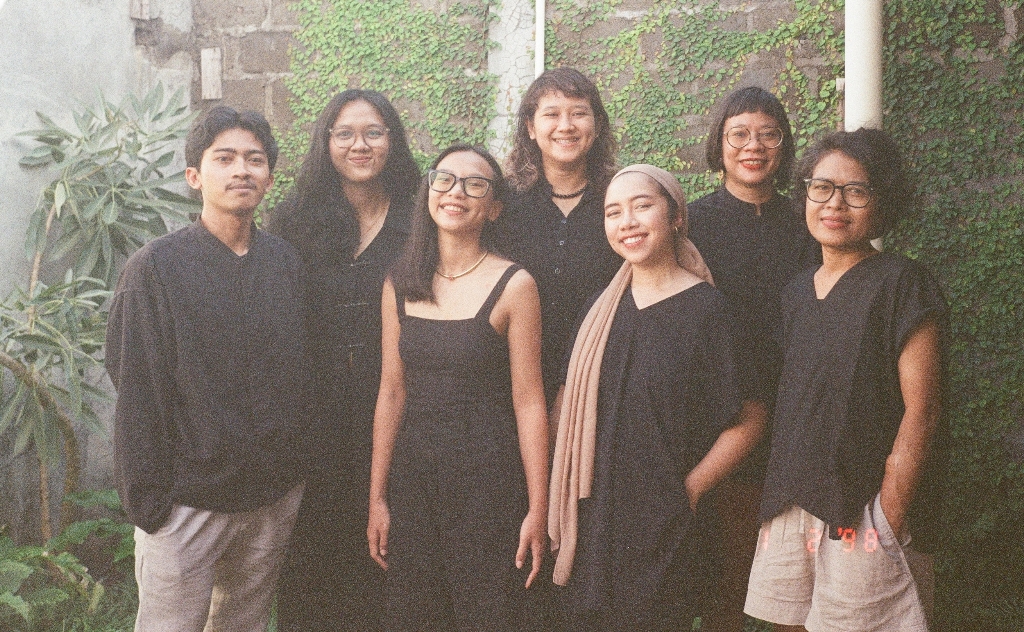
Art in libraries and other public spots
SB2025 will also appear in unexpected locations like libraries and MRT stations. In a new collaboration, Japanese artist Akira Takayama and students from the National University of Singapore (NUS) will create a pop-up board game centre.
Visitors can use the game to explore the city in fun and interactive ways. It will appear at libraries in Woodlands, Jurong, and Tampines, as well as at 20 Anderson Road.
Tickets and access
Most of the Biennale sites are open to the public for free. However, entry to SAM at Tanjong Pagar Distripark, one of the main venues, will require a ticket. Tickets are priced at SGD15 for Singaporeans and Permanent Residents, and SGD25 for tourists and foreign residents.
Students and educators based in Singapore can enter for free. There will also be early bird tickets at 20 percent off, available from September 17 to October 30, 2025. Singaporeans can also use their SG Culture Pass credits to buy tickets.
Where to catch the Biennale
Artworks will be shown across multiple areas in Singapore, including:
Civic District: Fort Canning Centre, Fort Gate, Oldham Theatre, National Gallery Singapore, and more
Rail Corridor: Tanglin Halt, Wessex Estate, Blenheim Court, and surrounding green spaces
Orchard area: Far East Shopping Centre, Lucky Plaza, 20 Anderson Road
Singapore Art Museum at Tanjong Pagar Distripark

